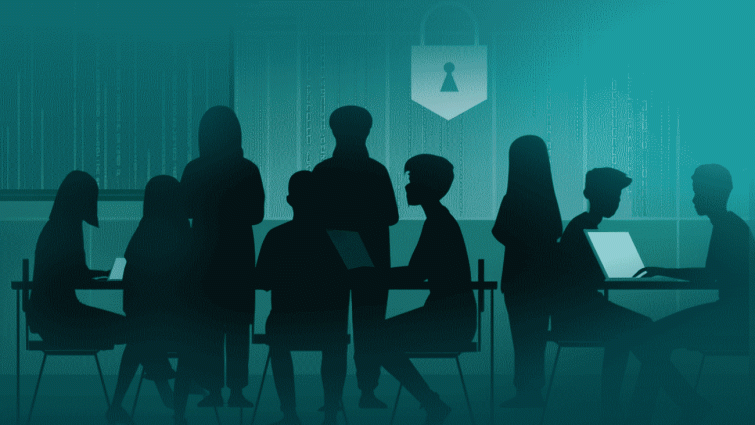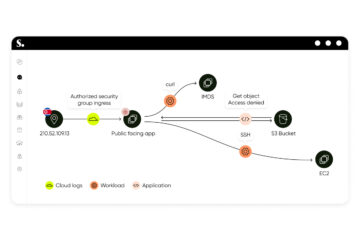Are Academic Institutions Prepared for the Cyber Threats They Face?
14 Apr 2025
•
,
5 min. read

Hey there! We all want to ensure our children receive the best education possible, right? But what happens when cyber threats jeopardize the safety and security of academic institutions? Let’s dive into the unique challenges faced by schools, colleges, and universities in today’s digital landscape.
Why are Hackers Targeting Educational Institutions?
Did you know that educational institutions are among the top targets for cyber attacks? In fact, the education sector ranked third in terms of cyber attacks in Q2 2024, according to Microsoft. But why do hackers go after schools and colleges?
- Limited Budget and Know-How: Educational institutions often struggle with cybersecurity talent and budget constraints, making them vulnerable to cyber attacks.
- Personal Devices: In an era of BYOD (Bring Your Own Device), student and staff devices can serve as entry points for threat actors if not properly secured.
- Fallible Users: With a large number of users, education environments are prime targets for phishing attacks, highlighting the importance of security awareness training.
- A Culture of Openness: The collaborative nature of academic institutions can inadvertently expose them to cyber risks, especially through email communications.
- A Broad Attack Surface: From legacy systems to personal devices, the education sector presents a wide range of targets for cyber criminals.
- PII and IP: Schools and universities store sensitive information, making them attractive targets for ransomware attacks and nation-state actors.
The Real Threat
Cyber incidents in schools and universities are not just hypothetical scenarios. With over 1,300 publicly disclosed cyber incidents affecting US school districts since 2016, the threat is very real.
How Can Educational Institutions Mitigate Cyber Risk?
While the challenges are significant, there are steps that schools, colleges, and universities can take to enhance their cybersecurity posture:
- Enforce strong passwords and multi-factor authentication
- Practice regular patching and data encryption
- Develop and test incident response plans
- Educate staff and students on cybersecurity best practices
- Implement BYOD policies and security measures
- Partner with reputable cybersecurity vendors
- Consider managed detection and response services for continuous monitoring
By prioritizing cybersecurity measures, educational institutions can safeguard their data, protect their students and staff, and uphold their commitment to providing quality education. Let’s work together to ensure a secure digital learning environment for all!




